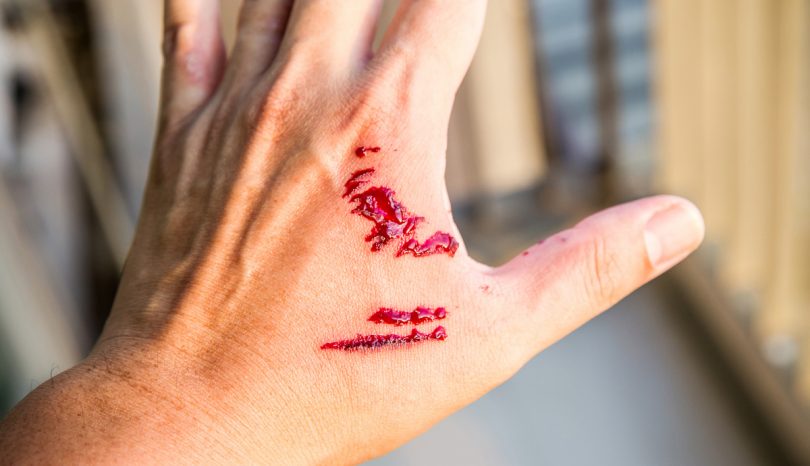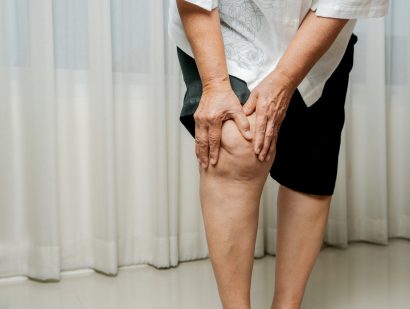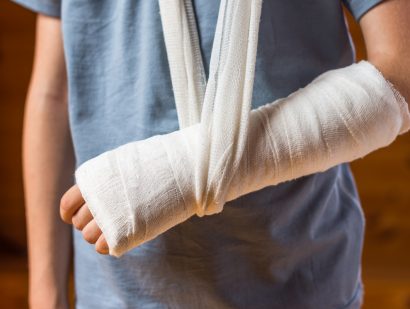- Find A Medical Provider
- Auto Injuries
- Common Injuries
- Medical/Pharmaceutical
- Types of Medical Injuries
- Malpractice Injuries
- Drug and Medical Device Injuries
- Drugs and Devices Linked to Cancer
- Opioid Addiction
- Drugs and Devices Known to Cause Injury
- 3M Combat Arms Earplugs – Hearing Loss
- Accutane
- Aciphex
- Actonel
- Actos
- Adderall and Ritalin
- Advair
- Aldara (Imiquimod)
- Alli
- Ambien
- Amiodarone
- Anzemet
- Aptivus
- Aranesp
- Arava
- Atorvastatin
- Avandia
- Benicar
- Birth Control Medication
- Blood Thinners
- Essure
- Fosamax (Alendronate Sodium)
- Gadolinium-Based MRI Contrast Agents
- Granuflo
- Hernia or Surgical Mesh Injuries
- Hydroxycut
- Inferior Vena Cava Filters
- Invokana Toe and Foot Amputations
- Ketek
- Levaquin
- Lipitor
- Mirapex
- Neurontin
- Onglyza
- Over-the-Counter Medications
- OxyContin
- Paxil
- Power Morcellators
- Pradaxa
- Propecia
- Reglan
- Talc Powder
- Trasylol
- Valsartan
- Viagra
- Xolair
- Zelnorm
- Zoloft
- Work Injuries
- Sports Injuries
- Marketing Services
- Blog
List your practice on InjuredCare | Log in / Sign up
Cuts and Puncture Wounds

A puncture wound is a wound caused by a sharp object that pierces the skin, creating a hole. Puncture wounds usually don't bleed heavily and often quickly close on their own. A cut is an injury that opens or breaks the skin. The greatest risk associated with cuts and puncture wounds is infection. Objects that break the skin can carry bacteria or tetanus, both of which can cause serious or, in the case of tetanus, life-threatening infection. If the wound is due to an animal or human bite, is located on the foot or is particularly deep, infection is of particular concern. In such cases, it is important to consult with a physician.
Cut and Puncture Wound Causes
Almost any type of sharp object can cause a cut or puncture wound. Nails, tacks, glass, wooden splinters and scissors are common objects of concern, as are animal bites.
Symptoms of Cuts and Puncture Wounds
Puncture wounds cause bleeding, pain and, in some cases, a loss of feeling around the site of the wound. An infected wound will appear red and swollen and might be full of pus or a watery discharge.
Treatment of Cuts and Puncture Wounds
Treatment depends on the severity of the cut. The first step is to stop the wound from bleeding by applying direct pressure. If the wound is deep and bleeds excessively, medical attention is required.
Because cuts and puncture wounds are particularly prone to infection, it is important that they be thoroughly cleaned. The wound should be run under water for approximately five minutes and the surrounding area cleaned with soap and water. All objects must be removed from the wound, but it's important not to poke at or inside of it. Clearing the wound of all debris can greatly reduce the risk of infection. If rinsing with water does not effectively remove all objects, seeking treatment from a doctor so that the lodged item can be removed is necessary.
Once cleaned, a thin layer of antibacterial ointment applied to the area will protect it against infection. A clean bandage covering the surface of the wound will help keep it clean and free from harmful bacteria. The bandage should be changed daily or when it becomes dirty or wet.
When to Contact a Doctor
- If the wound has been caused by a human or animal bite, it's imperative to see a doctor immediately. Exposure to rabies is of particular concern if a stray dog or wild animal inflicted the bite, and in such cases antibiotics and/or a rabies vaccination series could be administered.
- A doctor should be called right away in cases when the wound is large or deep (even if it's not bleeding) or when it appears that stitches might be needed. Usually, a wound that is more than an inch deep or that reaches the bone will require stitches.
- If the object that punctured the skin is still embedded in the wound, a doctor should be contacted right away.
- If a rusty object, such as a nail or fishhook, caused the puncture wound, a physician should examine it. A tetanus booster might be required if the patient hasn't had one within the past 10 years.
- Finally, if the wound shows signs of infection, which include redness, swelling and draining pus, a doctor should be consulted.
When to Seek Emergency Care
- Bleeding does not stop after applying direct pressure for more than 15 minutes.
- The puncture wound is gaping and muscle or tissue can be seen.
- Anything but a very small wound on the head, chest or stomach is suffered.
- An object, such as a piece of glass, is stuck inside the wound, or the wound cannot be properly cleaned at home.
- The wound becomes infected after 24 hours, and the individual develops a fever of more than 100° F.
Source Information
Blasko, Barbara J., M.D. "Puncture Wound Symptoms." EMedicineHealth.com (accessed Aug. 17, 2017).
Mayo Clinic staff. "Puncture wounds: First aid." MayoClinic.com (accessed Aug. 17, 2017).
MedlinePlus. "Cuts and Puncture Wounds." National Library of Medicine and National Institutes of Health (accessed Aug. 17, 2017).









